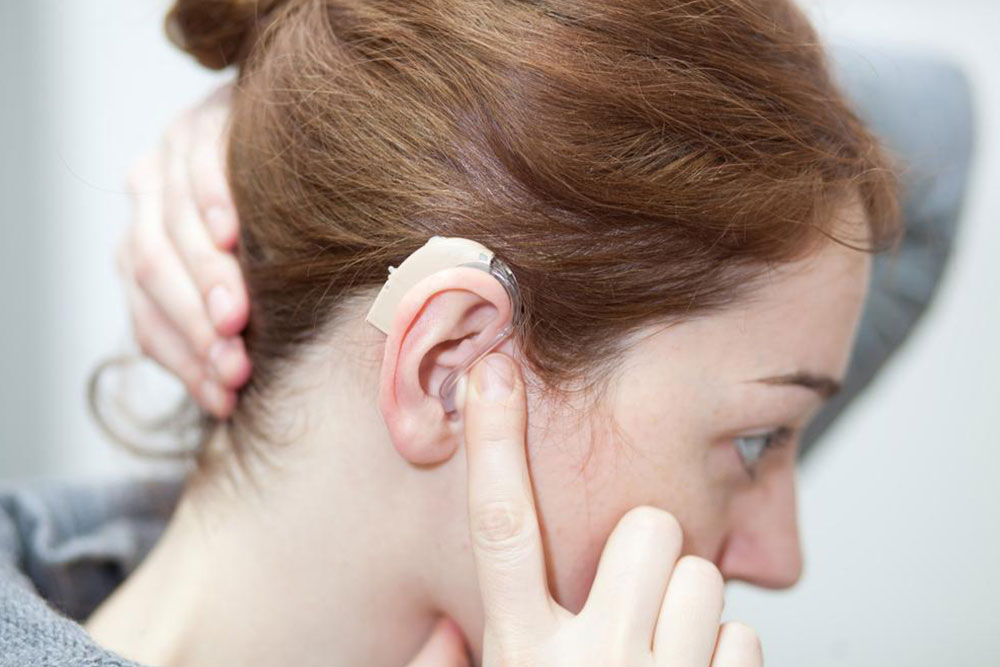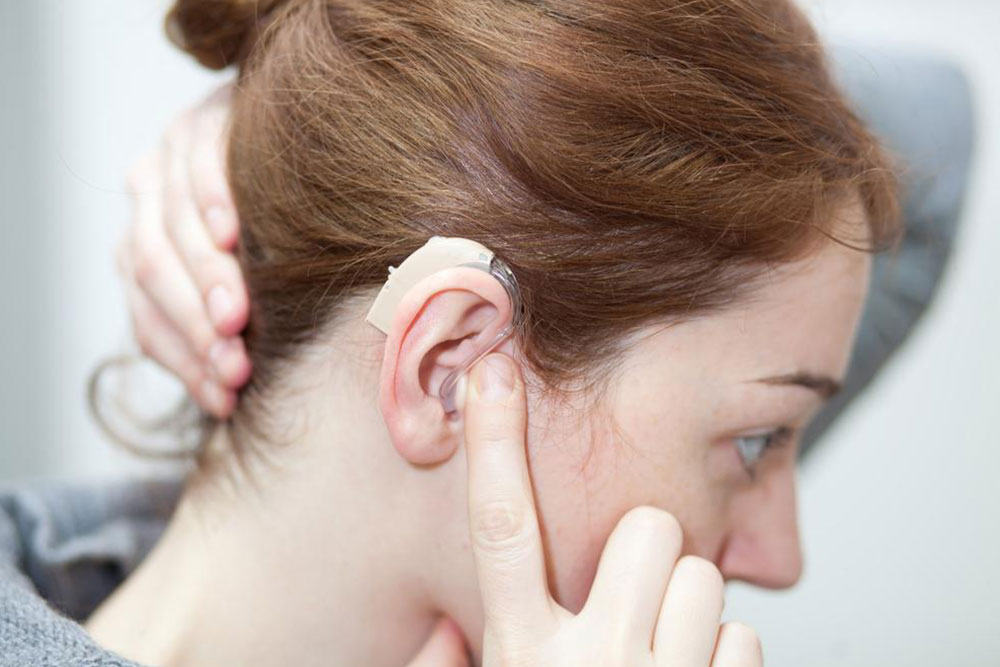Understanding the 3 Main Types of Hearing Loss
This article offers a comprehensive overview of the three main types of hearing loss: sensorineural, conductive, and mixed. It discusses their causes, symptoms, and treatment options, helping readers understand these common auditory conditions. Whether temporary or permanent, early diagnosis and appropriate management are crucial for improving quality of life. Learn about how age, noise exposure, injuries, and medical conditions impact hearing health and explore available solutions like hearing aids and surgical options. Essential guidance for those experiencing hearing challenges.

Exploring the Three Primary Forms of Hearing Impairment
Hearing impairment, deafness, or auditory deficiency refers to the partial or complete inability to perceive sounds. Individuals with mild to moderate hearing loss often struggle with understanding speech in noisy settings. Those with profound deafness typically cannot hear at all and rely heavily on lip-reading and sign language. The three main categories are sensorineural, conductive, and mixed hearing loss. Here, we detail each type’s causes, symptoms, and available treatments to better understand these conditions.
Sensorineural Hearing Loss
This is the most prevalent form of hearing impairment. It is usually permanent and results from damage to the delicate hair cells in the inner ear or the auditory nerve.
The damage hampers the transmission of nerve signals to the brain, which affects sound clarity and volume.
Causes: Common factors include aging, prolonged exposure to loud noise, certain illnesses, medications, and genetic predispositions present from birth.
Treatments: Although hair cell regeneration isn’t currently possible, hearing aids or cochlear implants are effective options depending on severity.
Conductive Hearing Loss
This less common form can be temporary or permanent, resulting from obstructions or damage in the outer or middle ear that hinder sound passage to the inner ear.
Causes: Issues such as earwax buildup, foreign objects, ear infections, eardrum perforation, ossicle malfunctions, or growths in the ear can cause conductive loss.
Treatments: Medical procedures like wax removal or treatment of infections can restore hearing. Some structural issues may require surgical intervention, and hearing aids can help manage persistent problems.
Mixed Hearing Loss
This condition combines elements of both sensorineural and conductive losses.
Causes: Often resulting from trauma or injury, it may also develop when one type of loss progresses into the other or follows previous damage. For instance, a person with conductive loss might develop sensorineural loss over time.
Treatments: Treatment varies, focusing on the predominant type. Surgical options and medical treatments are suitable for conductive issues, while hearing aids or implants are recommended for sensorineural components.










